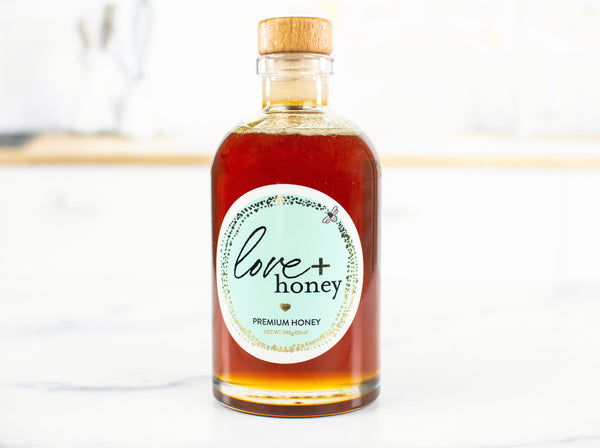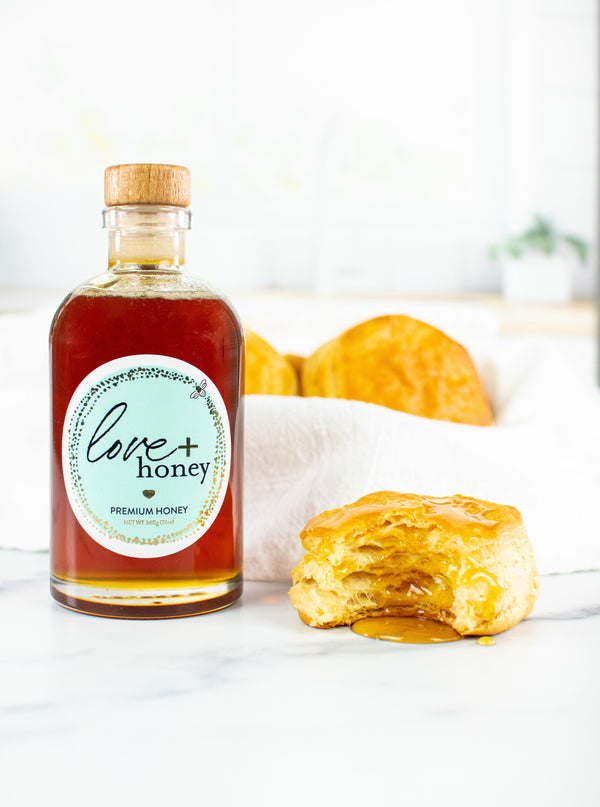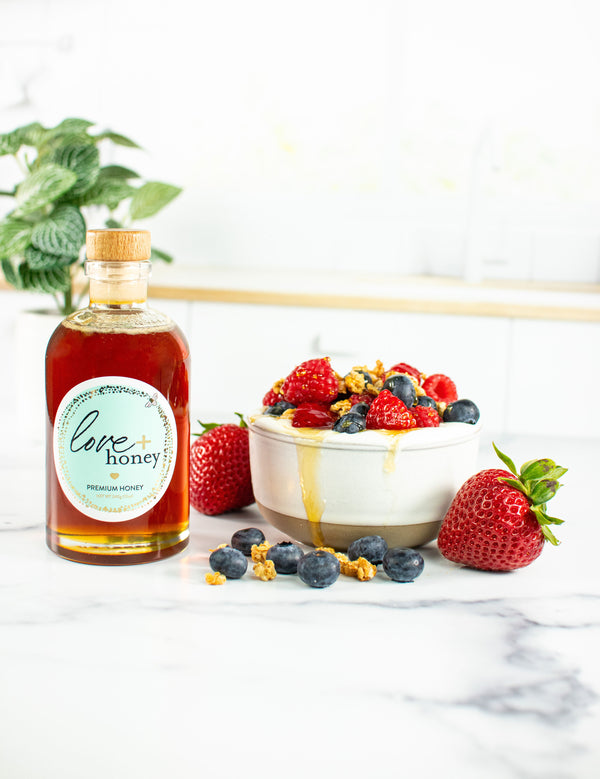The Majesty of the Queen Bee: An Insight into Her Role in the Hive
Sep 03, 2023
Within the bustling hive of a bee colony, every bee has a role. From workers to drones, each individual is crucial for the survival of the colony. Yet, reigning supreme above all is the queen bee. The queen, with her distinctive appearance and indispensable role, is often the focal point of our curiosity and admiration. But what is it that makes the queen bee so essential to the colony? Let's delve deep into her royal role and the significance it holds.
The Beginning: From Larva to Queen
The story of every queen bee begins in a special cell known as the queen cell. Contrary to popular belief, the queen doesn’t start her life destined for royalty. Instead, potential queen larvae are fed with a substance known as royal jelly, a protein-rich secretion from worker bees. While all bee larvae receive this jelly for a short time, potential queens are fed exclusively on it. This diet triggers a developmental path that results in the birth of a queen, while others mature into worker bees.
The Role of Reproduction
The queen bee's primary role is reproduction. A mature queen can lay up to 1,500 eggs a day during peak season, ensuring the future generation of the colony. Before she begins her prolific egg-laying phase, the young queen embarks on a series of mating flights. During these flights, she mates with multiple drones (male bees), storing their sperm in a specialized organ called the spermatheca. This stored sperm will last her entire life, which could be up to five years, although 2-3 years is more typical in managed hives.
The Power of Pheromones
Apart from reproduction, the queen bee wields her influence through the production of pheromones, chemical signals that influence bee behavior. These pheromones maintain harmony and order within the hive.
The queen’s unique pheromone blend serves multiple purposes:
- Suppressing Worker Reproduction: The queen's pheromones inhibit worker bees from activating their ovaries and laying eggs, ensuring she remains the sole egg-layer of the hive.
- Cohesion: The pheromone acts as a unifying scent, allowing bees to identify members of their colony and reinforcing colony cohesion.
- Mood Regulator: Pheromones stabilize the mood within the hive, reducing aggression and maintaining calm.
Succession: The Birth of New Queens
While the queen bee reigns supreme for the duration of her life, there will come a time when the hive needs a new queen. This can be due to the current queen aging, dying, or becoming less productive. When this happens, the worker bees spring into action, selecting several larvae and feeding them royal jelly to begin the queen-making process.
Once the new queens are ready to emerge, the first one out typically seeks out and eliminates her potential rivals, ensuring her position as the next monarch. In some cases, if the old queen is still alive and the hive becomes too populated, she may leave with a swarm of worker bees to establish a new colony elsewhere, leaving her throne to the newly-emerged queen.
Marking a Queen
How do you find the queen in a sea of thousands of bees? Marking a queen bee is a common practice among beekeepers to easily locate and track her within the hive. A small dot of non-toxic paint is placed on her thorax, often corresponding to a color code that indicates her birth year. This marking not only simplifies the task of finding the queen during hive inspections but also helps beekeepers monitor her age and productivity. Knowing the age of the queen can provide insights into the colony's health and indicate when she might need to be replaced. In essence, marking the queen streamlines hive management and ensures a thriving bee community.
The Unsung Heroes: Worker Bees
While the queen bee plays a pivotal role in the hive, it's essential to remember the tireless worker bees that support her. These female bees take care of the queen, forage for food, care for the young, and perform countless other duties. Without the collaboration of worker bees, the queen could not sustain her role.
The queen bee, with her majestic aura, is undeniably the heart of the bee colony. Through her reproductive capabilities and the production of pheromones, she ensures the colony's continuity and harmony. Yet, her role is deeply intertwined with that of the worker bees, illustrating the beautiful balance and collaboration within a bee colony.
If you've ever admired the intricate patterns of a honeycomb or savored the sweetness of honey, remember to pay homage to the queen bee and her loyal subjects. Together, they create a world of wonder that's worth cherishing and protecting.




